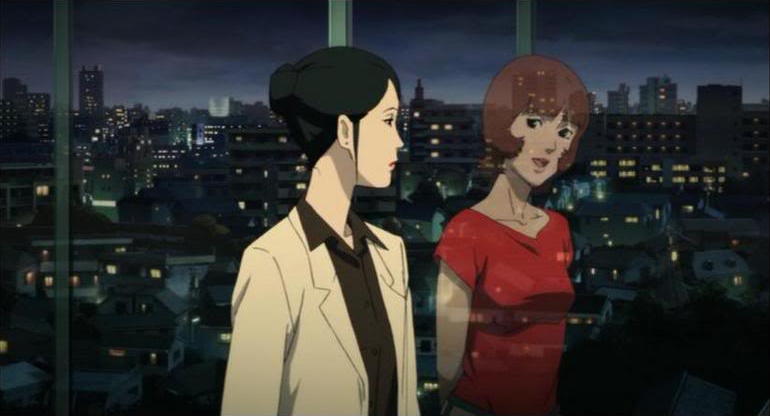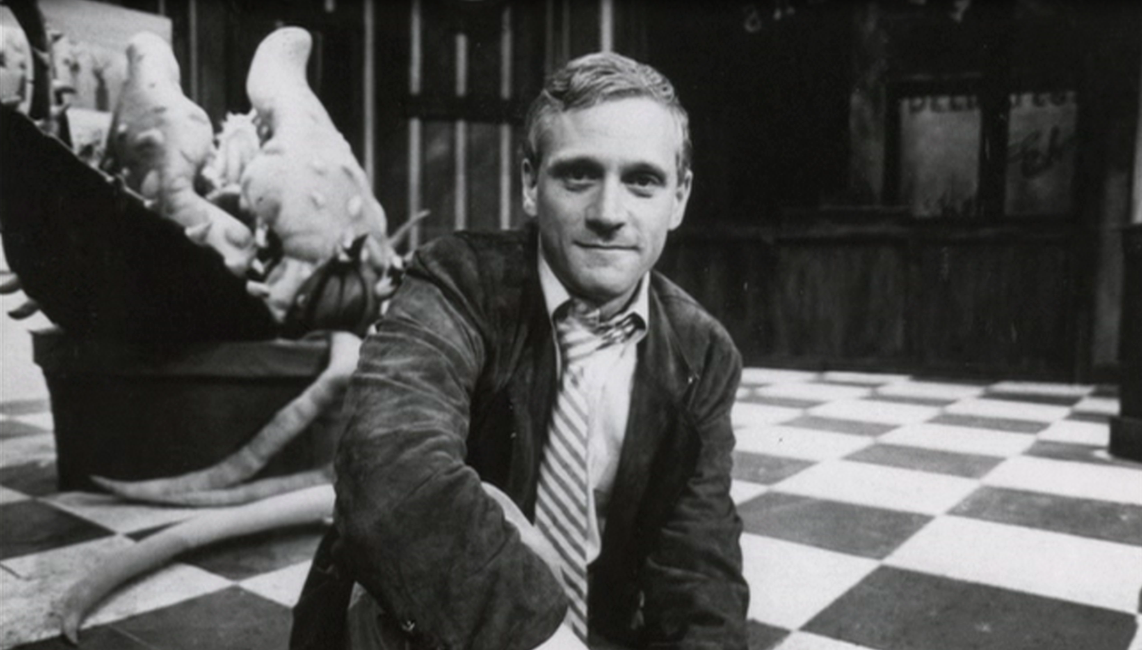I revisit my top 5 and 10 films periodically, and sometimes I write notes like the following.
29 August 2017, 8:00am PDT
It’s interesting to see what has fallen off since I first wrote a note back in March. Unsurprisingly, “The Dark Knight” fell off first – as I’ve learned more over the years, Christopher Nolan has become less and less appealing in that he is a remarkable technician with little to no ideology (save a rare stance in “The Prestige”) – as well as “Eternal Sunshine of the Spotless Mind” and “Beauty and the Beast.”
“Eternal Sunshine of the Spotless Mind” fell off because after re-watching it, I realized that Joel is an abusive shit ass to Clementine, and I wasn’t having any of it.
“Beauty and the Beast” was replaced by “Ratatouille” after I remembered how much more influential Bird’s culinary classic was in shaping my sense of film criticism, as well as inspiring me to pursue filmmaking despite actual and perceived barriers.
“Inglourious Basterds” came into top 10 (to be honest, I’m not sure why it wasn’t in my initial list; maybe forgetfulness?) because Christoph Waltz’s venomous and alluring portrayal of a polite Nazi is haunting. Sally Menke’s editorial decisions make this film stand out for me in more ways than one (e.g. reimagining and reengagement with history and the implications of such pursuits), and most notably the scenes between Shoshanna and Frederick as they seemingly come off as ‘meet cute’ but are clearly underlined with severe issues of power dynamics (e.g. racism, militarism, patriarchal entitlement, etc.)
My top 10 films – with two honorary mentions that are basically “honorary number 10s” - are films that resonate with me for reasons related to filmmaking (philosophical and technical) and personally. These are the films that I will rewatch and learn something with each subsequent viewing.
#1: The Grandmaster [2013] - dir. Wong Kar-wai: I doubt this will leave my #1 spot for the next few years, if ever. The Grandmaster not only accomplishes philosophical and technical feats that have hugely influenced me as a filmmaker and individual, but it also holds a special place in my memory – specifically, the time, space, and circumstances under which I saw it alone in the Sundance Kabuki Theater in San Francisco.
#2: The Tale of Princess Kaguya [2013] - dir. Isao Takahata: Takahata’s watercolor dreamscape doesn’t detract from his obvious anger at how society and sexism can render the most pure-hearted, beautifully enthusiastic child into depression and entrapment. A beautifully and personally haunting film that never fails to wreck me at the end of each viewing (see: bawling).
#3: Paprika [2006] - dir. Satoshi Kon: Over the years, it’s become more and more obvious how utterly perfect of a film “Paprika” is: its explorations of personas, of perceptions, of power, of personalities, and of psyche – really, everything about it becomes more and more profound over the years. Atsuko’s struggle of accepting her own desires in contrast to societal barriers (see: sexism, misogyny) is something that’s become more and more pronounced over the years.
#4: The Wind Rises [2013] - dir. Hayao Miyazaki: Miyazaki’s film highlights the crux of his philosophical struggle: pursuing dreams, and the curse that comes with them. The titular character, Jiro Horikoshi, grapples with his own genius and the ensuing responsibilities that come in creating a machine of death – a beautiful machine, but a machine of death nonetheless.
#5: Moonlight [2016] - dir. Barry Jenkins: Like I mentioned in my previous note, I’m unsurprised that Jenkins’ masterpiece knocked “Minority Report” from top five. I’ve only seen this film once, and even then I know it’s nothing short of a masterpiece. Every note, every beat, every scene is perfect; it’s only an added bonus that Jenkins drew heavily from one of my favorite directors, Wong Kar-wai.
#6: Minority Report [2002] - dir. Steven Spielberg: This film is one of the most influential movies that made me consider the intersection of entertainment and implications that science fiction can explore (Tom Cruis notwisthanding). Janusz Kaminski’s cinematography work is something I frequently refer back to whenever I’m in an inspirational rut; the neo noir shots are truly something to behold.
#7: Inglourious Basterds [2009] - dir. Quentin Tarantino, edited by Sally Menke: Honestly, I don’t know why this didn’t make my original top 10 list. Waltz’s polite Nazi mannerisms and Menke’s attention to detail in underlying the inherent power dynamic that Shoshanna faces while dealing with a persistent Frederick are more than enough to propel Tarantino’s WWII romp into what I consider an extremely influential film. (Also, strudel.)
#8: Mad Max: Fury Road [2015] - dir. George Miller, edited by Margaret Sixel: This is effectively a nonstop car chase that is an amazing technical feat, much in thanks to Sixel’s editing. Theron’s performance as the steely Furiosa is one that I turn to whenever I’m having an extremely bad day (read: it’s dick stomping time).
#9: Ratatouille [2007] - dir. Brad Bird: I saw this movie right before beginning my undergrad, and Anton Ego’s final speech – “not everyone can be a chef, but a great chef can come from anywhere” – was a much needed moment during a time of uncertainty. I was struggling to find an intersection between my love of film and humanitarian work, as well as the barriers (institutional, financial, and perceived) that barred me from more seriously pursuing film. Bird’s culinary crusade is both heartwarming – Patton Oswalt’s Remy is adorable as they come – and heavily critical of the necessary and tumultuous relationship between creator and critic.
#10: In the Kingdom of Dreams and Madness [2013] - dir. Mami Sunada: I’ve watched this documentary once, and it has haunted me for months. Sunada’s attention to detail and ability to capture Miyazaki’s working ethos is something of a feat – the director is notoriously tight lipped, and to see how beautifully she interviewed and documented him as a phenomenal and flawed human being is inspiring and heartbreaking.
Honorary Mentions
Memories of Murder [2003] - dir. Bong Joon-ho: Bong Joon-ho is is one of my all-time favorite directors, and “Memories of Murder” is remarkable in how unbelievably grim and depressing it is. Joon-ho’s long takes and willingness to divulge in humor shape the film into an unbearably grim film. “Memories of Murder” is a narrative and technical feat, and it is unbelievably draining to watch.
Happy Together [1997] - dir. Wong Kar-wai: I suspect that this film will remain an honorary top 10 for a very long time given its understanding of how cyclical and alluring abusive relationships can be, as well as the dreary sense of isolation that comes with being an immigrant. It ends on a heart lifting moment where the protagonist breaks away from abuse through the inspiration and support from Chang, a truly kind and considerate individual, who runs contrary to his abusive, explosive and alluring ex-boyfriend. It is a film that understands abuse, and offers a glimmer of hope for those looking to escape it.













































